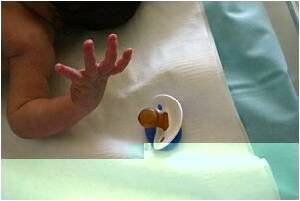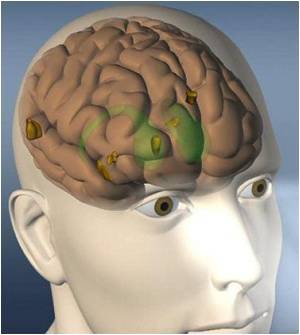New guidelines of the current treatments for pediatric hydrocephalus as well as up-to-date evidence-based recommendations have been published in the Journal of Neurosurgery Publishing Group.

The authors of this supplement, the Pediatric Hydrocephalus Systematic Review and Evidence-Based Guidelines Task Force, state, "pediatric hydrocephalus is the most common surgically correctable neurological problem in infants, children, and adolescents." If left uncorrected, the accumulation of CSF can exert pressure on critical brain structures, causing the patient to experience cognitive, visual, motor deficits, seizures, or even death. Even with treatment, the patient may face challenges due to treatment complications, the need for repeated treatment, or unsatisfactory outcomes. According to the authors, "current treatment methods are insufficient, and there is currently little agreement on the 'best' treatment, even among leading practitioners." To improve this situation, the authors decided to conduct a thorough evaluation of the various treatments of pediatric hydrocephalus currently in use and to disseminate their findings and recommendations to other practitioners.
Under the auspices of the Pediatric Section of the American Association of Neurological Surgeons (AANS) and Congress of Neurological Surgeons (CNS), the Task Force conducted systematic reviews of the literature describing the current effectiveness of hydrocephalus treatments in infants, children, and adolescents. Included were patients with congenital or acquired hydrocephalus as well as communicating or non-communicating hydrocephalus. The Task Force examined relevant peer-reviewed articles published between January 1966 and March 2012 that describe current hydrocephalus treatments, treatment-related complications, and strategies to avoid or manage those complications.
The Task Force carefully evaluated the contents of each article and classified the quality of the evidence provided therein. Summaries of the contents of these articles are displayed in evidentiary tables throughout the supplement. The Task Force structured their treatment-related recommendations based on this evidence by the following methods endorsed by the AANS/CNS Guidelines Committee. The authors describe the basis of their recommendations in Part 1: "Demonstrating the highest degree of clinical certainty, Class I evidence is used to support recommendations of the strongest type, defined as Level I recommendations. Level II recommendations reflect a moderate degree of clinical certainty and are supported by Class II evidence or a strong consensus of Class III evidence. Level III recommendations denote clinical uncertainty, which is supported by inconclusive or conflicting evidence or expert opinion."
The systematic reviews and guidelines document begins with a foreword followed by an introductory article on methodology and eight articles focusing on hydrocephalus-related topics:
- 1.Introduction to the systematic reviews and guidelines and a description of the methodology used in their development
2.Management of post-hemorrhagic hydrocephalus in premature infants
3.Endoscopic computer-assisted electromagnetic navigation and ultrasonography as technical adjuvants for shunt placement
4.Cerebrospinal fluid shunt or endoscopic third ventriculostomy for the treatment of hydrocephalus in children
5.Effect of valve type on cerebrospinal fluid shunt efficacy
6.Preoperative antibiotics for shunt surgery in children with hydrocephalus
7.Antibiotic-impregnated shunt systems versus conventional shunts in children
8.Management of cerebrospinal fluid shunt infection
9.Effect of ventricular catheter entry point and position
Advertisement
In summarizing the importance of these studies, the corresponding author, Dr. Ann Marie Flannery states, "I urge readers to look at the recommendations and the evidence together. The recommendations and the strength relate directly to the evidence we found. The Task Force was very conscientious about transparency and being sure that what we published was evidence-based."
Source-Eurekalert











